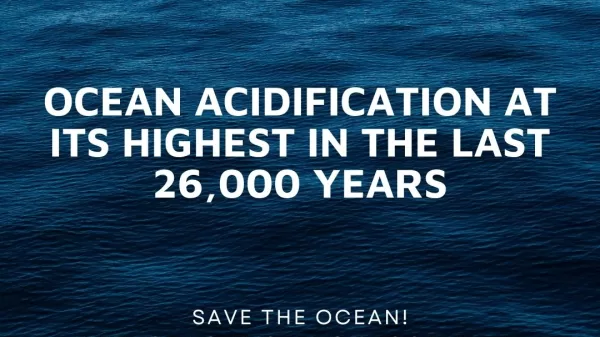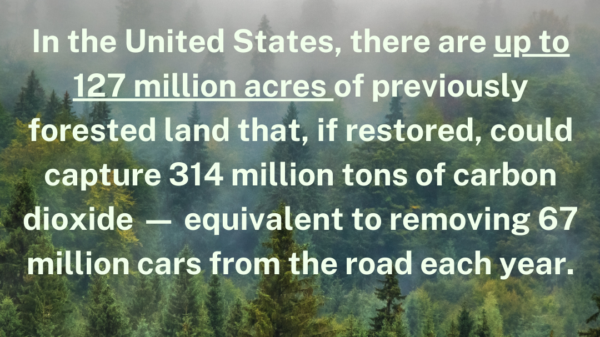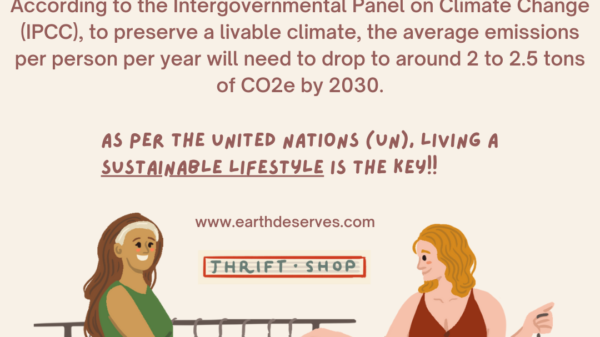Nearly 200 countries came together for two weeks in Sharm El-Sheikh, Egypt to discuss and address climate change issues critical to the planet. Overall, COP27 had many positive outcomes but big gaps remain from achieving the goals set in the previous Paris and Glasgow Agreements.
The key takeaways from the climate summit include:
- Climate Compensation
After decades of calls, countries agreed to establish funding for vulnerable nations that would compensate for their loss and damage from climate-induced disasters. This is the first step in the process; it might take several years to flush out the details of the fund. - Reduction of global emissions remains a question mark?
One of the main objectives from the Paris Agreement is to limit the global temperature rise to below 1.5 degree Celsius. Yet, there were concerns at the summit that no real progress has been made to move away from fossil fuels. - U.S. and China relationship
The US and China have reinitiated their talks to cooperate on working together to solve climate issues. These two countries are the major contributors of greenhouse gas emissions. - Just Energy Transition Partnership
At the G20 Summit, which was held at the same time as COP27, the countries launched Just Energy Transition Partnership to phase down coal with the expansion of renewable energy production. Currently, coal attributes to almost 75 percent of the energy sector’s greenhouse gas emissions. At this rate, coal needs to be phased out six times faster than in the earlier years. - Technology, Mitigation and Adaptation
Innovative methods in technology and various funding mechanisms are allocated to resolve the needs of countries to help achieve their mitigation and adaptation goals. The UN Secretary-General unveiled a US$ 3.1 billion plan to ensure everyone on the planet is protected by early warning systems in the next five years.
























